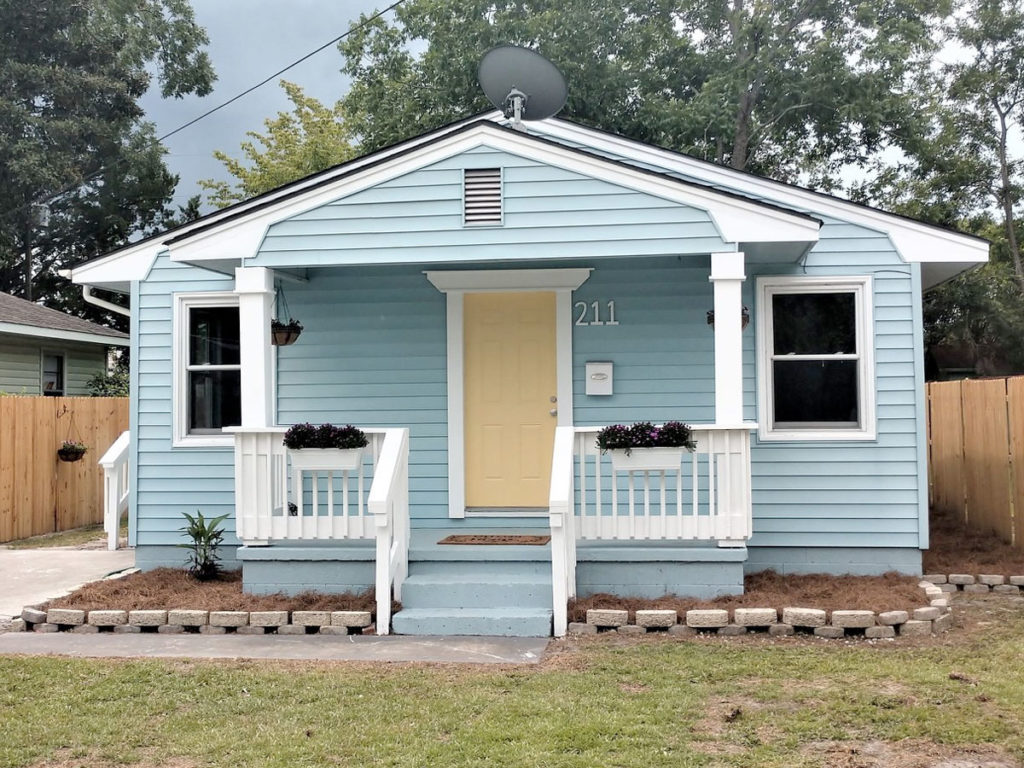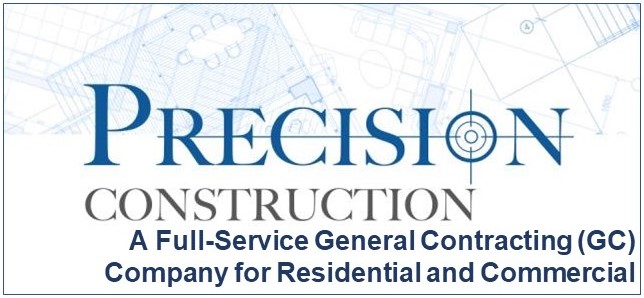Remodeling an older home can be fun and rewarding, knowing that you get to shape how a home looks and feels when finished. But there are a few things you need to be prepared for when you buy that home thinking you are just going to slap on some paint, lay some new flooring, and change out the appliances. Beware: this is not an all-inclusive list – there are many other potential problems that can jump up and bite you!
Here are the most common issues I have run into when remodeling a home:
1. You will probably need to replace your electrical panels. That will require an electrician and a permit. Replacing the outside panel requires getting the power company involved to turn off the power to your house.
2. You will probably have to replace all of your old plumbing lines. If the home still has galvanized pipes, you will need to hire a plumber to replace it with up to date piping.
3. Original wood floors can be a trap. You see original wood underneath that old dirty carpet and you think they will look great when they are cleaned up. Well, maybe they will. And maybe it will be worth it. But, sanding floors and applying polyurethane can get expensive. It may end up being more cost effective to install new luxury vinyl plank or engineered hardwood, with carpet and laminate flooring used in a few tactical locations.
4. Installing an HVAC, with new duct work, can be a challenge. Just because the home is smaller doesn’t mean it is cheaper. If your crawl space and attic space are tight, it will cost more to get that new duct-work installed or to replace the old. Also, if you don’t have room for your air-mover inside the house, then your “all-in-one-unit” outside will probably cost more than a standard unit. Plus, HVAC installers are known to turn down jobs because the spaces are too tight to work with (this has happened).
5. Make sure you meet with your city or county building code enforcers to find out what you will have to have a permit and inspection for on your project. Don’t try to sneak something by them, then find out later in your project that you have to get a permit. They may make you undo some of the work you have already paid for. They will call out anything they see while on your property, even if you called them there for a different reason.
6. Make sure you have a contract with anyone you hire to work on your home. That contract should be very specific about when they get paid and what must be accomplished before they get paid or receive a draw of partial payment. When the work is complete, ensure you get a lien release from your sub-contractor.
Once you start your remodel, you may find there are a lot more problems that need fixing than you originally planned for. The problem is, for most people, once you commit to a project, you have to follow through, even if you have to spend a lot more than you planned. Therefore: be prepared with plenty of cash reserves.
Keeping these items in mind may help you avoid some of the problems I have experienced in the past.


